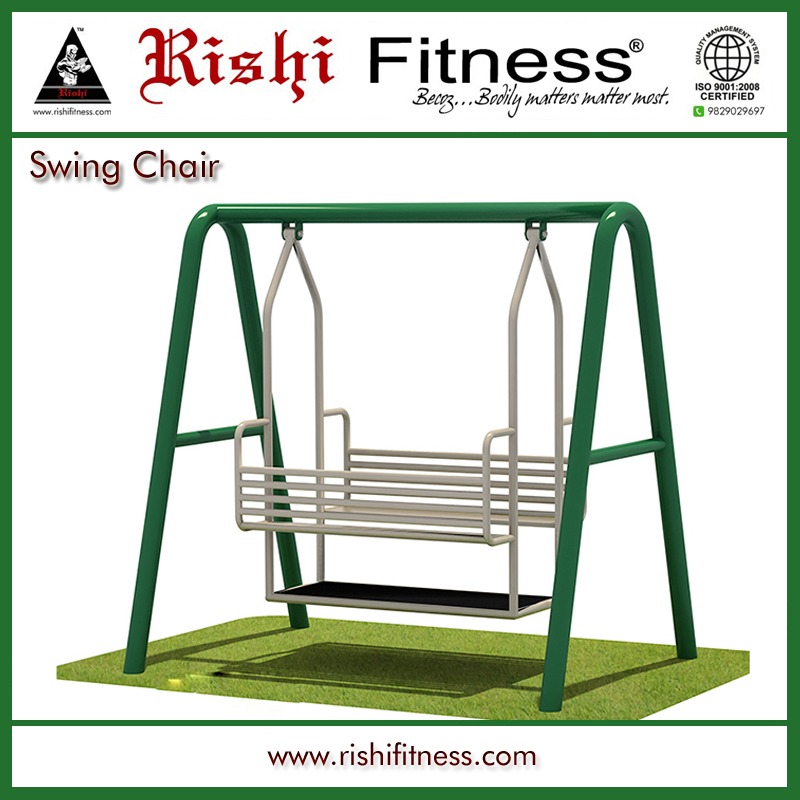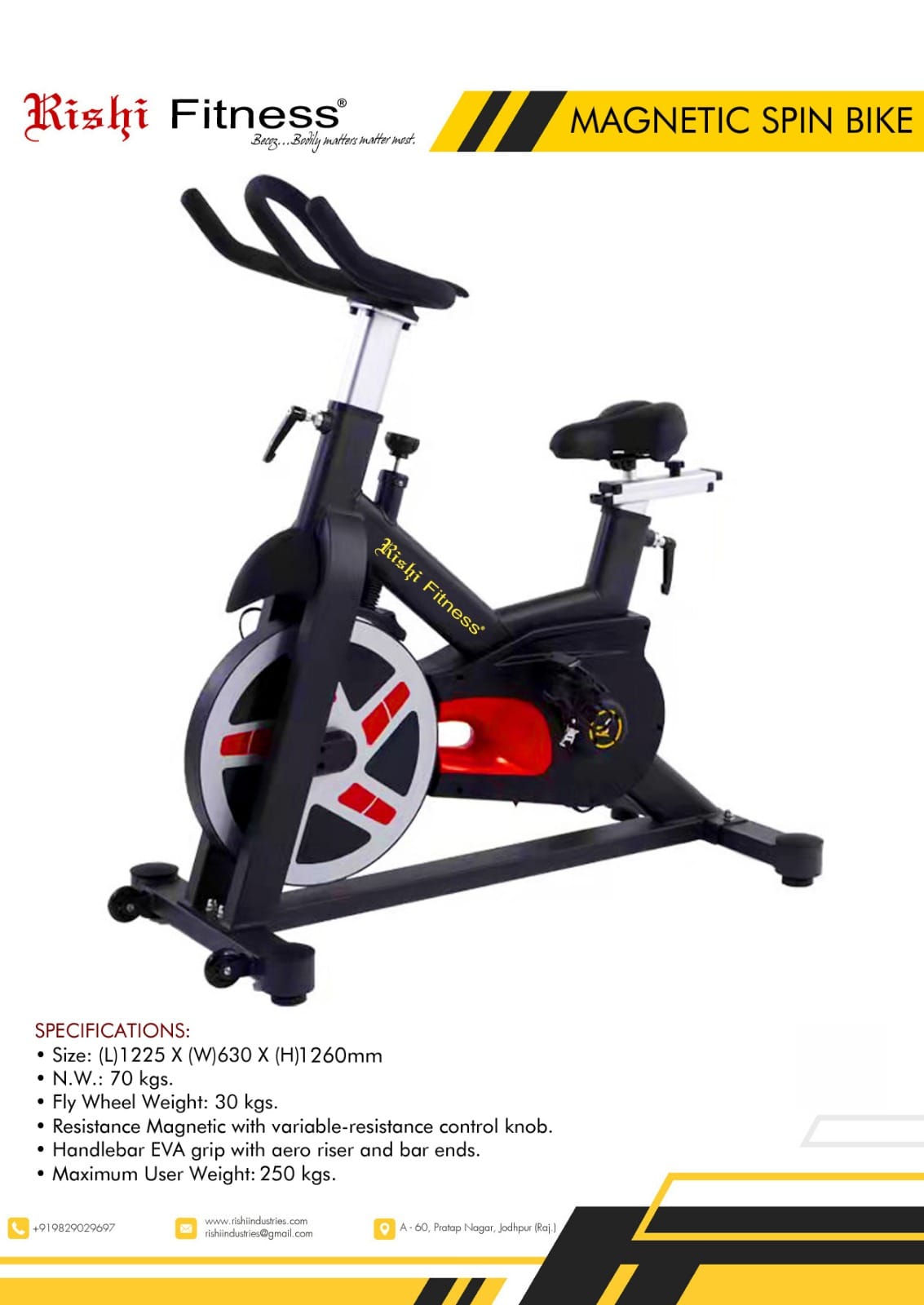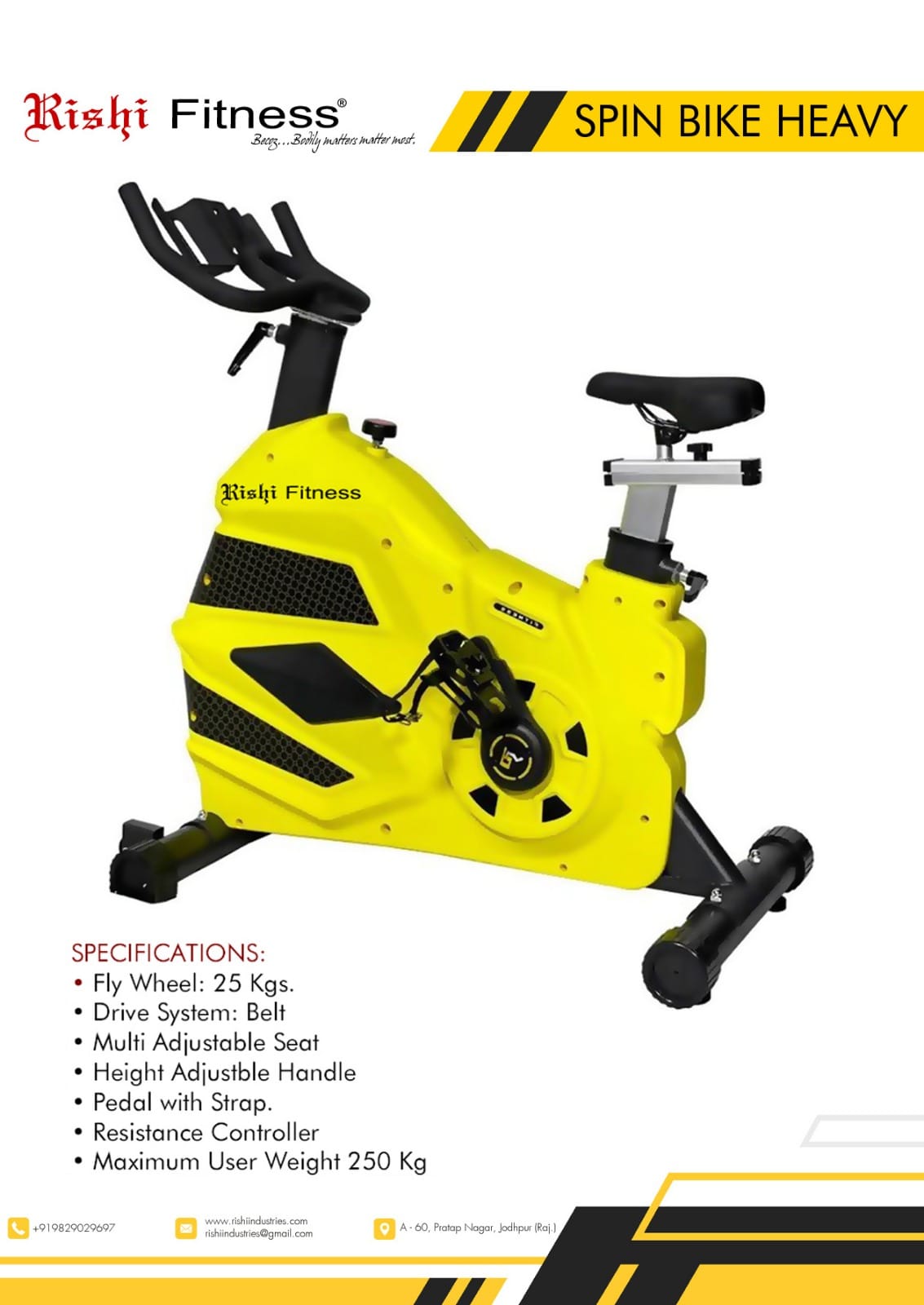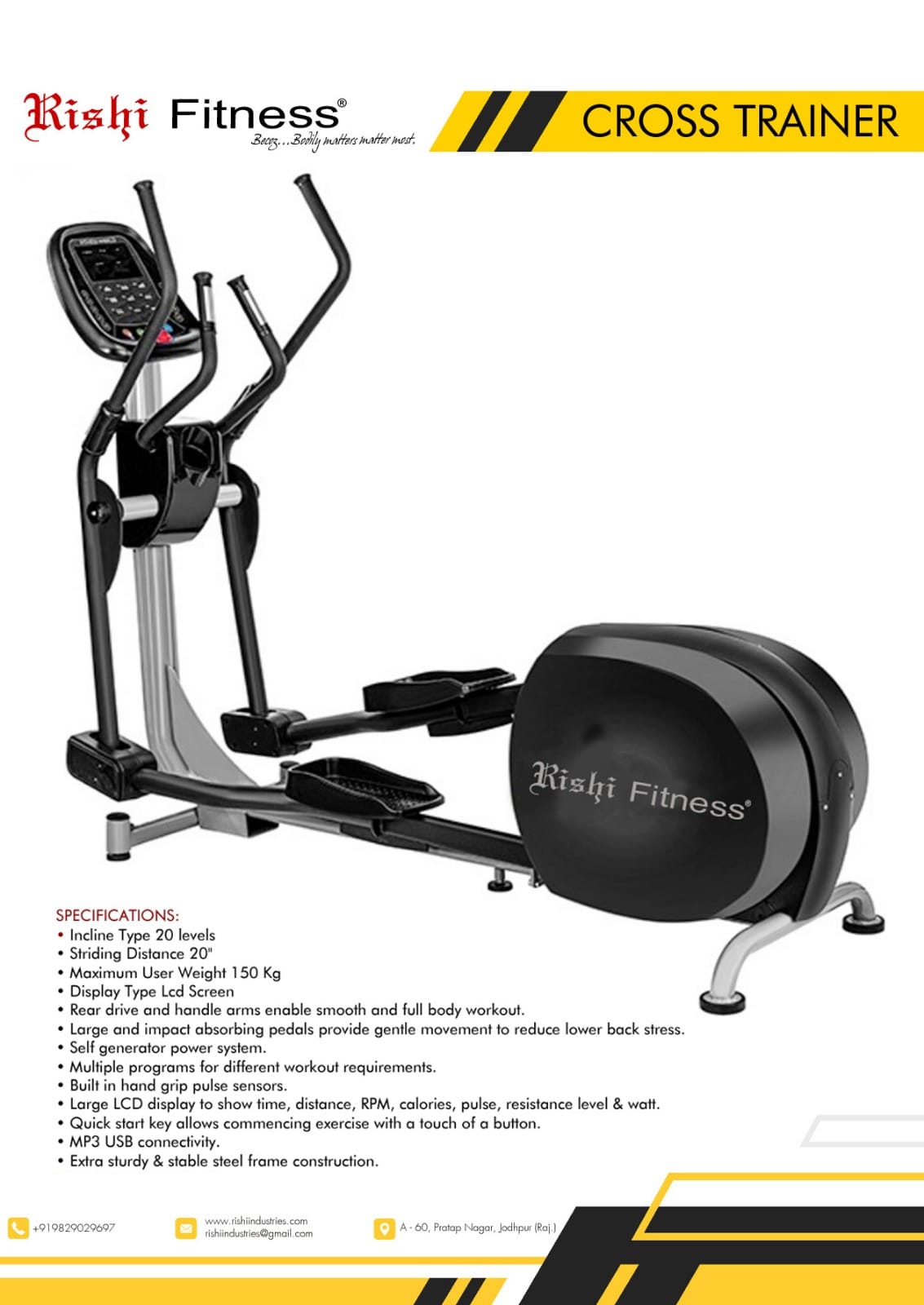Description
Product details
Swing Chair (Fitness Equipment) A Swing Chair is a versatile piece of fitness equipment that combines relaxation with physical activity, offering a unique and enjoyable way to engage in exercise or simply relax. Typically found in outdoor fitness parks, playgrounds, or garden spaces, the Swing Chair is designed to provide a dynamic and low-impact workout while offering comfort and fun. The motion of the swing engages the body in ways that can improve balance, coordination, and core strength, all while offering a gentle form of exercise. Key Features of a Swing Chair Suspended Chair Design: The Swing Chair is typically made of a comfortable seat that is suspended by ropes, chains, or sturdy cables. The seat can vary in size, often featuring padded cushioning for comfort. Swing Motion: The most distinctive feature of the Swing Chair is its swinging motion. Users can propel themselves back and forth, creating a soothing and rhythmical movement. Some models may offer the ability to swing in multiple directions (forward, backward, side-to-side). Adjustable Height: Many Swing Chairs allow users to adjust the height of the seat to suit their needs or preferences. This can make it more accessible for different body types or fitness levels. Sturdy Frame and Suspension: Swing Chairs are built with a strong metal or wooden frame designed to support users safely. The suspension system, made of strong ropes, chains, or cables, ensures the swing motion is smooth and stable. Comfortable Seating: Swing Chairs typically have a comfortable padded seat or cushion to provide a more enjoyable experience, especially for long periods of use. Outdoor and Indoor Options: While many Swing Chairs are used outdoors in gardens, parks, or playgrounds, some models are designed for indoor use and may feature additional backrests or armrests. Benefits of Using a Swing Chair Core Strength: The swinging motion engages the core muscles as users need to stabilize their body while in motion. This can help to build core strength and balance over time. Improves Balance and Coordination: The act of controlling the swing requires the use of various muscle groups for balance and coordination. As users sway back and forth, they strengthen their ability to maintain control over their body's movement. Low-Impact Exercise: Swinging in the chair provides a low-impact form of exercise, making it an excellent choice for individuals with joint pain, beginners, or those recovering from injuries. The motion is gentle on the joints while still offering a beneficial workout. Relaxation and Stress Relief: The rhythmic movement of the Swing Chair is known to be calming and soothing. It provides an opportunity to relax, clear your mind, and reduce stress, similar to the calming effects of traditional swinging. Spinal Health: The swinging motion can help mobilize the spine, promoting spinal flexibility and relieving tension in the back. This can be especially beneficial for those with sedentary lifestyles or lower back pain. Improves Circulation: The swinging motion helps promote blood circulation, especially in the lower body. This can enhance overall vascular health and contribute to better blood flow to the muscles. Fun and Engaging: Swing Chairs are often fun to use, and their playful nature can make exercise enjoyable. This can be particularly appealing for kids and adults who are looking for a more interactive fitness experience. How to Use a Swing Chair Secure the Swing Chair: Before use, ensure that the suspension system (ropes or chains) is securely fastened to a stable structure like a tree branch, metal frame, or other supporting structure. Check that everything is tightly secured to avoid accidents. Adjust the Height: If the Swing Chair offers height adjustments, set the seat to a comfortable position that allows you to sit with your feet flat on the ground when you are not swinging. Sit Comfortably: Sit in the Swing Chair, ensuring that your back is straight and your body is centered. Hold onto the ropes, handles, or other support structures provided for safety. Initiate the Swing: To start swinging, gently push your legs back or forward to create movement. As you gain momentum, the swing will begin to sway back and forth. Control Your Movement: Focus on using your core muscles to stabilize your body during the swing. Avoid over-swinging or making jerky movements to maintain balance and prevent injury. Enjoy the Relaxing Motion: The swinging motion should feel smooth and rhythmic. If the goal is relaxation, gently sway and enjoy the calming benefits. If you're using it as a workout, try to engage your core and increase the intensity by swinging higher. Cool Down: Once finished, carefully slow the swing down by gradually easing your momentum. Stand up slowly, especially if you were using the Swing Chair for relaxation.






